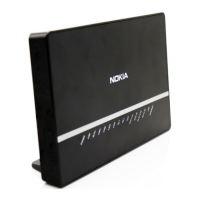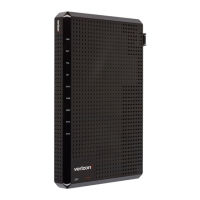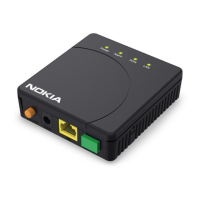FD 100/320Gbps NT and FX NT IHub Services Guide Virtual Private LAN Service
Issue: 13 3HH-11985-AAAA-TQZZA 201
Hold Count
The hold-count command configures the peak number of BPDUs that can be
transmitted in a period of one second.
configure>service>vpls service-id# stp hold-count count-value
• Range: 1 to 10
• Default: 6
• Restore Default: no hold-count
MST Instances
You can create up to 15 MST-instances. They can range from 1 to 4093. By changing
path-cost and priorities, you can make sure that each instance will form it's own tree
within the region, thus making sure different VLANs follow different paths.
You can assign non overlapping VLAN ranges to each instance. VLANs that are not
assigned to an instance are implicitly assumed to be in instance 0, which is also
called the CIST. This CIST cannot be deleted or created.
The parameters that can be defined per instance are mst-priority and VLAN-range.
• mst-priority:
The bridge-priority for this specific mst-instance. It follows the same rules as
bridge-priority. For the CIST, the bridge-priority is used.
• VLAN-range:
The VLANs are mapped to this specific mst-instance. If no VLAN-ranges are
defined in any mst-instances, then all VLANs are mapped to the CIST.
MST Max Hops
The mst-max-hops command defines the maximum number of hops the BPDU can
traverse inside the region. Outside the region max-age is used.
MST Name
The MST name defines the name that the operator gives to a region. Together with
MST revision and the VLAN-to-MST-instance mapping, it forms the MST
configuration identifier. Two bridges that have the same MST configuration identifier
form a region if they exchange BPDUs.
MST Revision
The MST revision together with MST-name and VLAN to MST-instance mapping
define the MST configuration identifier. Two bridges that have the same MST
configuration identifier form a region if they exchange BPDUs.

